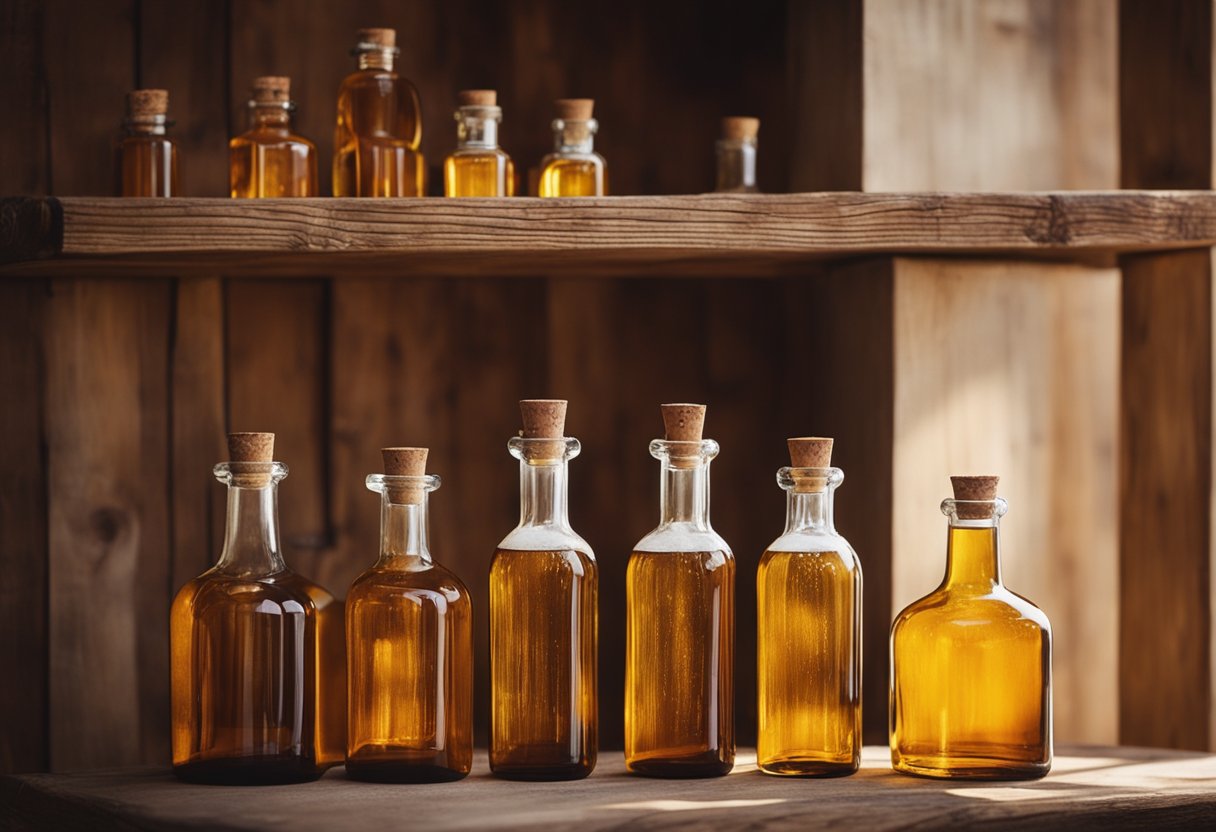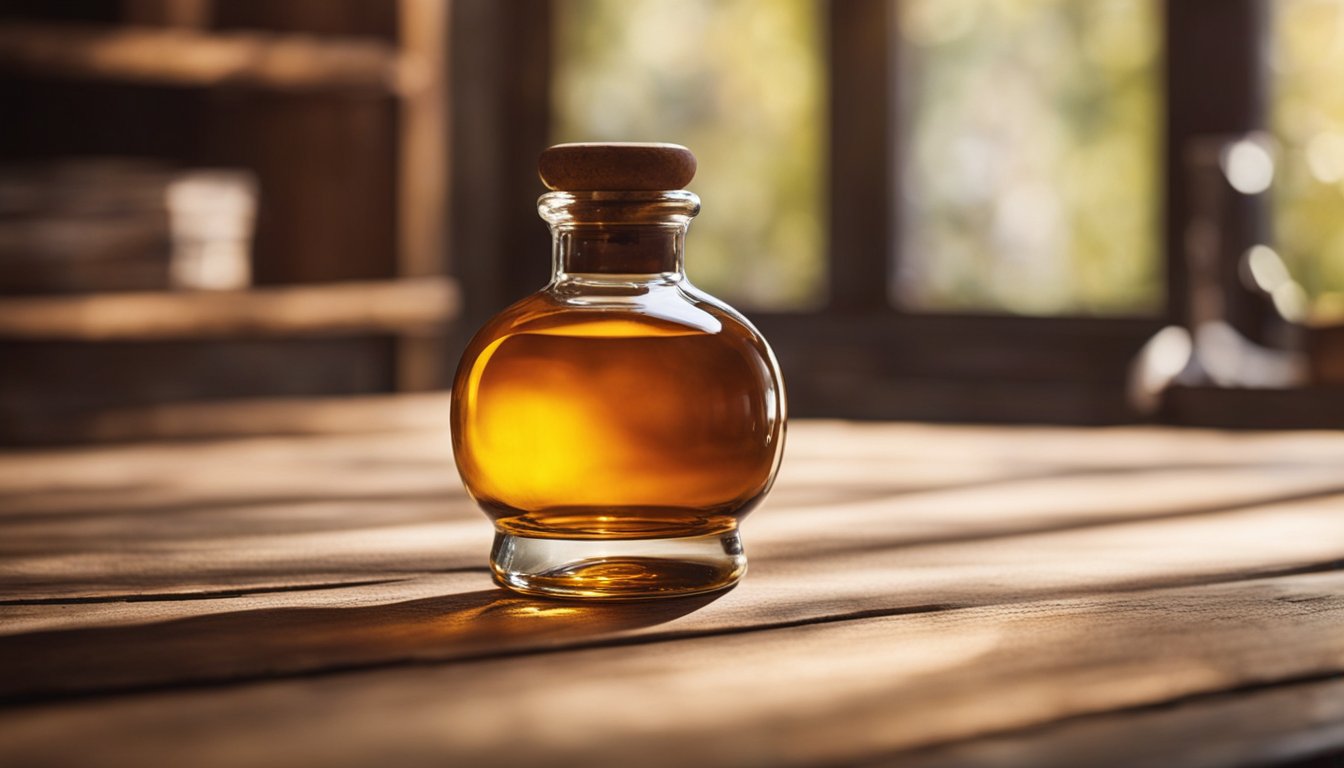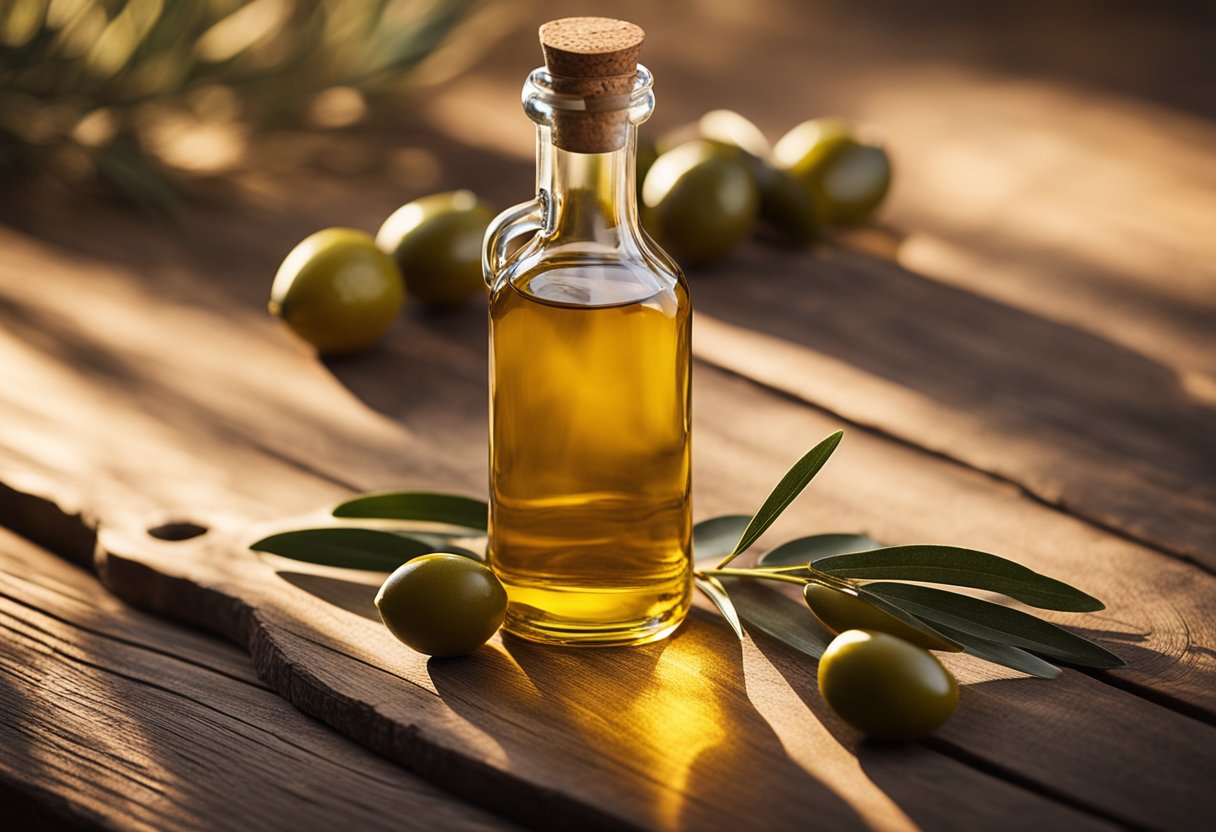If you’re a wine enthusiast, you know that red wine is a staple in any collection. It’s versatile, pairs well with a variety of foods, and most importantly, it’s delicious. But what about the vessel that holds this beloved beverage? The red wine bottle is just as important as the wine itself, as it can affect the taste, aroma, and overall experience of drinking red wine.

Red wine bottles come in a variety of shapes, sizes, and colors, each with its unique purpose. For example, Bordeaux bottles are tall with straight sides, while Burgundy bottles have a wider base and sloping shoulders. The shape of the bottle can affect the aging process of the wine and can also indicate the region where the wine was produced. Additionally, the color of the bottle can protect the wine from harmful UV rays, which can cause it to spoil or age prematurely.
When choosing a red wine bottle, it’s essential to consider the occasion and the type of wine you’re serving. A full-bodied red wine, such as a Cabernet Sauvignon or Syrah, is best served in a larger bottle, such as a Magnum or Jeroboam. On the other hand, a lighter red wine, such as a Pinot Noir or Beaujolais, can be served in a standard 750ml bottle. Ultimately, the red wine bottle you choose can enhance the overall experience of drinking red wine, making it a crucial element to consider.
History of Red Wine Bottles

If you love red wine, you’ve probably noticed that the bottle it comes in isn’t just a container. It’s a work of art, a symbol of the wine’s quality, and a piece of history. In this section, we’ll take a look at the history of red wine bottles, from their ancient origins to their evolution over centuries.
Ancient Origins
The history of red wine bottles goes back thousands of years. The ancient Greeks and Romans stored their wine in clay jars called amphorae, which were sealed with wax or resin. These jars were heavy and fragile, so they were difficult to transport and store. As a result, wine was often sold in bulk, and customers brought their own containers to fill.
It wasn’t until the 17th century that glass bottles became popular for storing wine. The first glass bottles were hand-blown and had irregular shapes. They were sealed with corks, which were wrapped in wax to prevent air from getting in.
Evolution Over Centuries
Over the centuries, red wine bottles have evolved in both form and function. In the 18th century, the Bordeaux bottle was invented. It had a tall, slender shape with straight sides and flat shoulders. This design made it easier to stack and store the bottles, and it became the standard for red wine bottles in France.
In the 19th century, the Burgundy bottle was introduced. It had a wider, rounder shape with sloping shoulders. This design was better suited for the Pinot Noir grapes grown in the Burgundy region of France.
Today, most red wine bottles are made of glass, although some are made of plastic or other materials. They come in a variety of shapes and sizes, from the standard 750 ml bottle to larger magnums and even smaller splits. The labels on the bottles are also an important part of the wine’s identity, often featuring the winery’s name, the vintage year, and the grape variety.
The history of red wine bottles is a fascinating one, filled with centuries of innovation and tradition. Whether you prefer a Bordeaux or Burgundy bottle, a standard size or a magnum, the bottle is an essential part of the wine-drinking experience.
Types of Red Wine Bottles

If you’re a wine enthusiast, you know that the bottle is just as important as the wine inside. The shape and size of the bottle can affect the aging process and even the taste of the wine. In this section, we’ll take a closer look at the different types of red wine bottles.
Standard Bottle Shapes
The most common type of red wine bottle is the Bordeaux bottle. It has a tall, straight-sided shape with high shoulders and a narrow neck. This bottle is used for full-bodied red wines such as Cabernet Sauvignon, Merlot, and Bordeaux blends. The Burgundy bottle has a wider base and sloping shoulders, making it perfect for lighter-bodied red wines such as Pinot Noir. The Rhone bottle has a similar shape to the Burgundy bottle but is slightly taller and thinner, making it ideal for Syrah and other Rhone varietals.
Specialty and Collectors’ Bottles
Wineries often produce specialty and collectors’ bottles for limited edition or high-end wines. These bottles can come in a variety of shapes and sizes, from the sleek and modern to the ornate and traditional. Some wineries even produce bottles in unique shapes, such as animals or musical instruments. These bottles are often used as decorative pieces or given as gifts.
When it comes to collecting wine, the bottle is just as important as the wine itself. Collectors often seek out rare or unique bottles to add to their collection. Some popular collector’s items include large-format bottles, such as magnums or jeroboams, which can hold the equivalent of two to six standard bottles of wine. Other collectors seek out bottles with unique labels or packaging, such as those produced for special events or anniversaries.
The type of red wine bottle you choose can have a significant impact on the wine’s taste and aging process. Whether you’re a collector or simply a wine enthusiast, it’s important to consider the bottle when selecting your next bottle of red wine.
Red Wine Bottle Production
When it comes to red wine, the bottle is just as important as the wine itself. The production of a red wine bottle involves several steps, including the selection of materials, manufacturing, labeling, and packaging. In this section, we will take a closer look at each of these steps.
Materials and Manufacturing
The materials used to make red wine bottles are typically glass, cork, and foil. The glass is the most important component, as it is what holds the wine and protects it from light and air. Glass bottles are made by melting sand, soda ash, and limestone together at high temperatures. The molten glass is then blown into molds to create the desired shape and size.
Once the glass bottle is formed, it is time to add the cork. Corks are made from the bark of cork oak trees, which are native to Portugal and Spain. The bark is harvested every nine years, and then boiled and pressed into shape. The cork is inserted into the bottle and sealed with a foil capsule.
Labeling and Packaging
After the bottle is made and sealed, it is time to label and package it. The label is an important part of the bottle, as it provides information about the wine, including the producer, vintage, and varietal. Labels are typically made from paper or plastic and are attached to the bottle with adhesive.
Once the label is attached, the bottle is packaged for shipping. Red wine bottles are typically shipped in cases of 12, although some wineries may use different packaging. The cases are made from cardboard or wood and are designed to protect the bottles during transport.
The production of a red wine bottle is a complex process that involves several steps, including the selection of materials, manufacturing, labeling, and packaging. Each step is important in ensuring that the bottle is of high quality and protects the wine inside.
Storing and Aging in Red Wine Bottles
Red wine is a popular beverage that is enjoyed by many. It is important to store and age red wine properly to ensure that it maintains its quality and taste. In this section, we will discuss the ideal conditions for storing and aging red wine in bottles, as well as the impact on wine quality.
Ideal Conditions
The ideal conditions for storing and aging red wine in bottles include temperature, humidity, and light. The temperature should be between 45°F and 65°F (7°C and 18°C), with 55°F (13°C) being the optimal temperature. Temperatures that are too high can cause the wine to age too quickly, while temperatures that are too low can cause the wine to develop slowly.
Humidity is also an important factor in storing and aging red wine in bottles. The ideal humidity level is between 50% and 80%, with 70% being the optimal level. High humidity levels can cause the wine to develop mold, while low humidity levels can cause the cork to dry out and allow air to enter the bottle, which can spoil the wine.
Light can also have an impact on the quality of red wine. Exposure to light can cause the wine to develop a “skunky” taste and aroma. It is best to store red wine in a dark place, such as a wine cellar or a closet.
Impact on Wine Quality
Properly storing and aging red wine in bottles can have a significant impact on the wine’s quality. When stored and aged properly, the wine will develop complex flavors and aromas that are unique to each bottle. However, improper storage and aging can cause the wine to develop off-flavors and aromas, such as a musty or moldy taste.
In addition to temperature, humidity, and light, the type of bottle used to store red wine can also have an impact on the wine’s quality. Dark-colored glass bottles are best for storing red wine, as they provide protection from light. Corks are also commonly used to seal red wine bottles, as they allow a small amount of air to enter the bottle, which can help the wine develop over time. However, corked bottles can also allow air to enter the bottle, which can cause the wine to spoil if not stored properly.
Ttoring and aging red wine in bottles is an important process that should not be overlooked. By following the ideal conditions for storage and aging, and using the proper type of bottle, you can ensure that your red wine maintains its quality and taste over time.
Choosing the Right Red Wine Bottle
When it comes to choosing the right red wine bottle, there are a few things to consider. In this section, we’ll cover some of the most important factors to keep in mind.
Size and Volume Considerations
The first thing to consider when choosing a red wine bottle is its size and volume. Red wine bottles typically come in three sizes: standard (750ml), magnum (1.5L), and double magnum (3L).
The standard size is the most common and is perfect for most occasions. If you’re hosting a large dinner party or event, a magnum or double magnum bottle could be a great option. Keep in mind that larger bottles tend to age more slowly, which can affect the taste of the wine.
Aesthetic and Presentation
In addition to size and volume, the aesthetic and presentation of the red wine bottle can also be important. The label design, shape of the bottle, and even the closure (cork or screw cap) can all play a role in the overall presentation.
If you’re looking for a red wine bottle to give as a gift, consider choosing one with an eye-catching label or unique bottle shape. For a more formal occasion, a bottle with a traditional cork closure can add an elegant touch.
Ultimately, the most important factor in choosing the right red wine bottle is the taste and quality of the wine itself. However, taking size, volume, and presentation into consideration can help enhance the overall experience of enjoying a glass of red wine.











